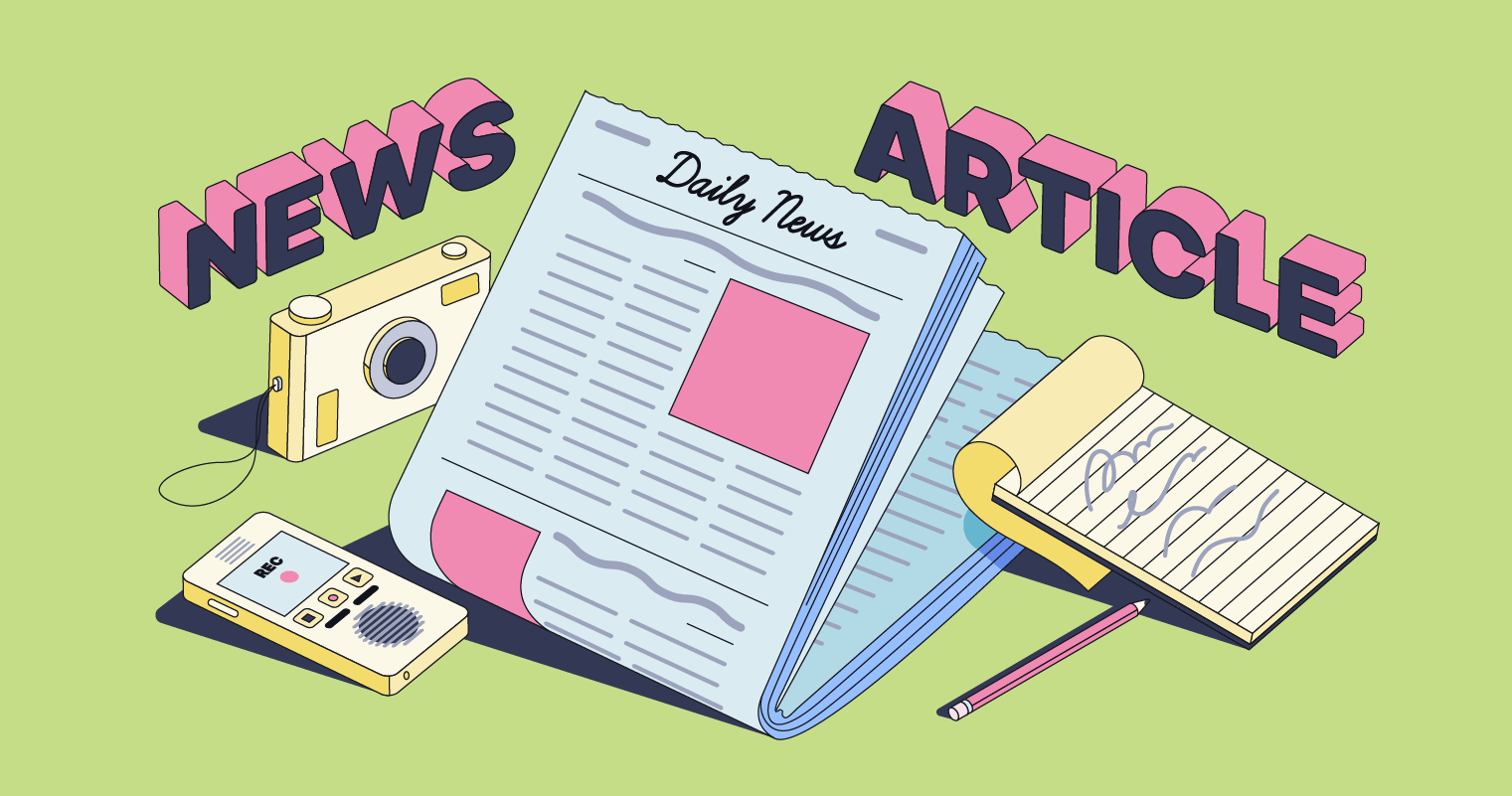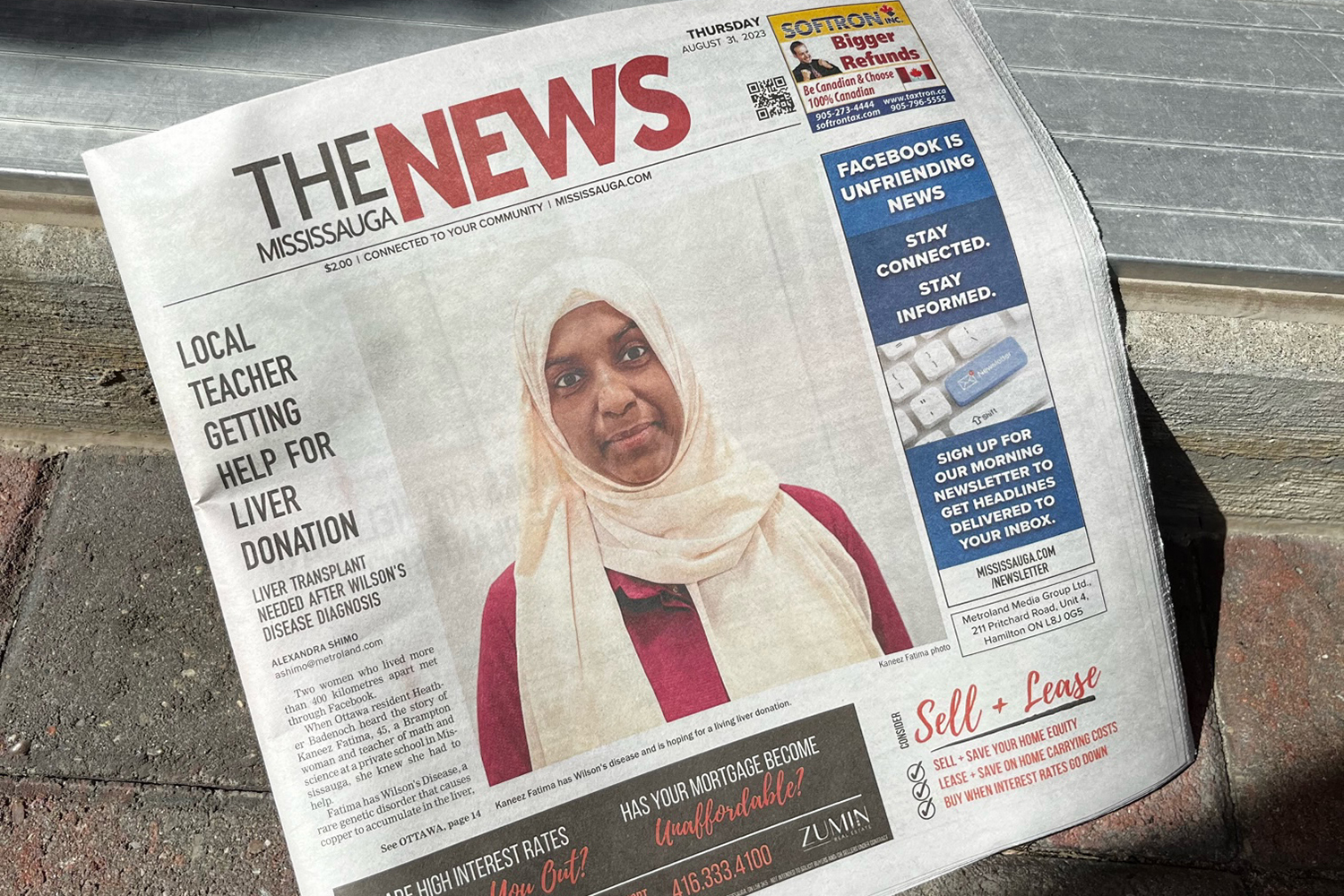Unknown Facts About News Articles
Unknown Facts About News Articles
Blog Article
Little Known Questions About News Articles.
Table of ContentsThe 7-Second Trick For News ArticlesThe 5-Second Trick For News ArticlesSome Of News ArticlesThe smart Trick of News Articles That Nobody is Talking AboutNews Articles for Beginners
Excellent knowledge of various topics offers pupils an one-upmanship over their peers. Also though digital and social media sites are easily obtainable, we must not forget exactly how crucial it is to read the papers. Parents have to attempt and inculcate the routine of reading a newspaper as a day-to-day routine to continue the heritage of the revered print medium.Information tales also include at the very least one of the following vital characteristics relative to the designated audience: closeness, prestige, timeliness, human passion, curiosity, or repercussion.
Within these restrictions, information tales likewise aim to be extensive. Among the bigger and more revered newspapers, fairness and balance is a major variable in offering information.
Newspapers with a worldwide target market, for example, often tend to utilize a much more formal design of composing. The particular options made by a news outlet's editor or content board are usually accumulated in a design overview; typical style guides consist of the and the United States Information Style Publication. The major goals of information writing can be summarized by the ABCs of journalism: accuracy, brevity, and quality.
Getting My News Articles To Work
As a policy, journalists will not use a long word when a short one will certainly do. Information authors attempt to prevent utilizing the exact same word a lot more than when in a paragraph (occasionally called an "resemble" or "word mirror").
Headlines sometimes omit the topic (e.g., "Jumps From Boat, Catches in Wheel") or verb (e.g., "Feline lady fortunate"). A subhead (also subhed, sub-headline, subheading, caption, deck or dek) can be either a secondary title under the primary heading, or the heading of a subsection of the post. It is a heading that comes before the major message, or a team of paragraphs of the primary text.

Added billboards of any of these kinds might appear later on in the post (particularly on subsequent web pages) to entice additional analysis. Such signboards are also used as reminders to the short article in various other areas of the magazine or site, or as promotions for the piece in other magazine or sites. Typical framework with title, lead paragraph (summary in vibrant), various other paragraphs (details) and call info.

Instance of a hard-lead paragraph NASA is recommending another room task. The firm's spending plan demand, announced today, included a plan to send out an additional goal to the Moon. This time the firm wishes to develop a long-lasting center as a jumping-off place for various other area experiences. The budget demands about $10 billion for the job.
The NASA statement came as the company requested $10 billion of appropriations for the task. An "off-lead" is the second crucial front web page news of the day. The off-lead appears either in the leading left corner, or directly below the lead on the right. To "bury the lead" is to begin the post with background information or details of secondary importance to additional info the visitors, forcing them to find out more deeply right into a write-up than they ought to need to in order to find the necessary points.
Things about News Articles
Typical usage is that or two sentences each create their very own paragraph. Journalists typically describe the organization or structure of a news story as an upside down pyramid. The necessary and most interesting elements of a tale are put at the beginning, with supporting information complying with in order of lessening value.
It allows people to check out a topic to only the deepness that their great site inquisitiveness takes them, and without the charge of information or subtleties that they can consider pointless, but still making that information readily available to much more interested viewers. The upside down pyramid structure also allows posts to be trimmed to any approximate length during layout, to fit in the room offered.
Some writers begin their tales with the "1-2-3 lead", yet there are many type of lead offered. This style inevitably starts with a "Five Ws" opening paragraph (as described over), followed by an indirect quote that serves to sustain a major element of the first paragraph, and after that a direct quote to support the indirect quote. [] A twist can describe numerous things: The last tale in the news program; a "happy" story to end the show.
Longer posts, such as magazine cover write-ups and the pieces that lead the inside areas of a paper, are recognized as. Attribute tales vary from straight news in a number of methods.
The Of News Articles
The journalist commonly information interactions with interview subjects, making the item a lot more individual. A feature's very first paragraphs usually relate a fascinating minute or event, as in an "anecdotal lead". From the particulars of a person or episode, its view swiftly widens to generalities regarding the story's subject. The area that indicates what an attribute is around is called the or signboard.

The Editor's Toolbox: A Recommendation Overview for Beginners and Professionals (2001) Allan M. Siegal and William G. Connolly. The New York Times Guidebook of Style and Use: The Official Design Guide Made Use Of by the Writers and Editors of the Globe's Most Reliable Newspaper (2002) M. L. Stein, Susan Paterno, and R.
Report this page